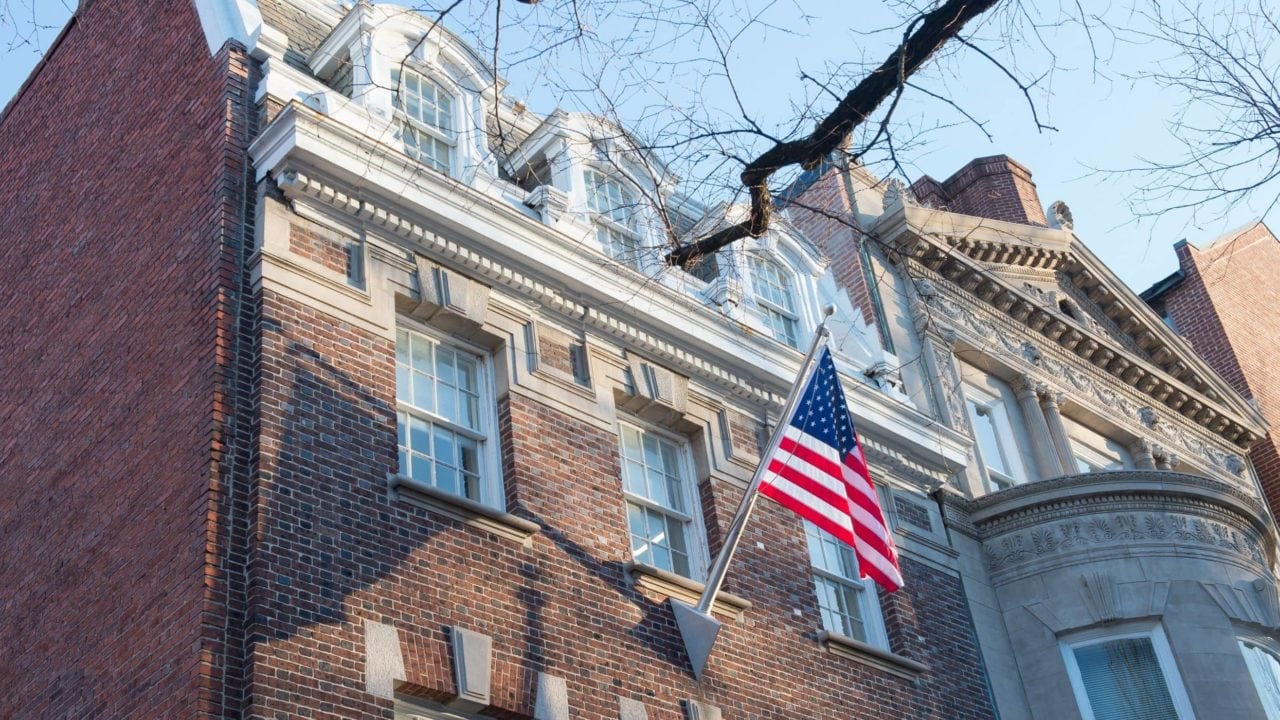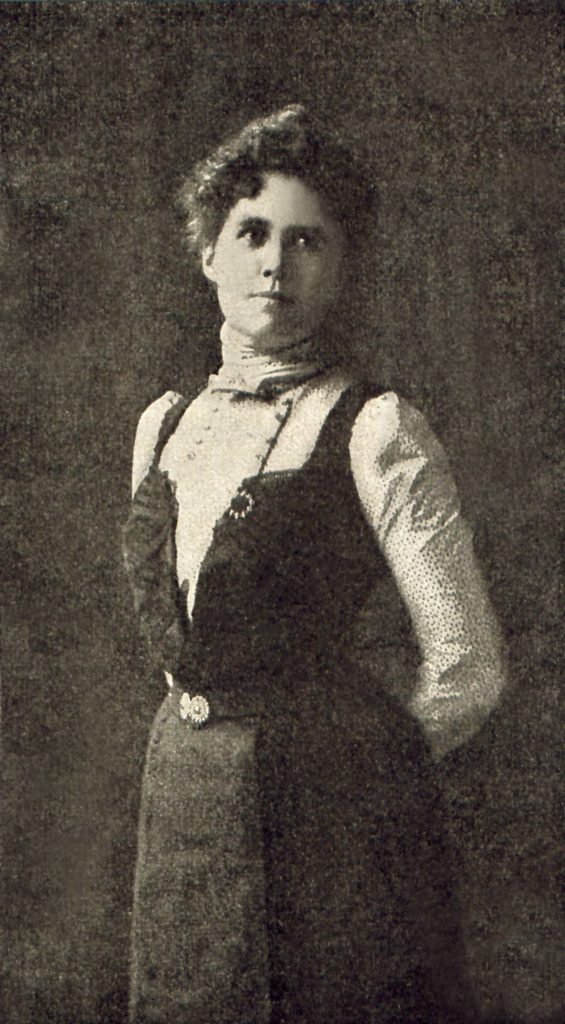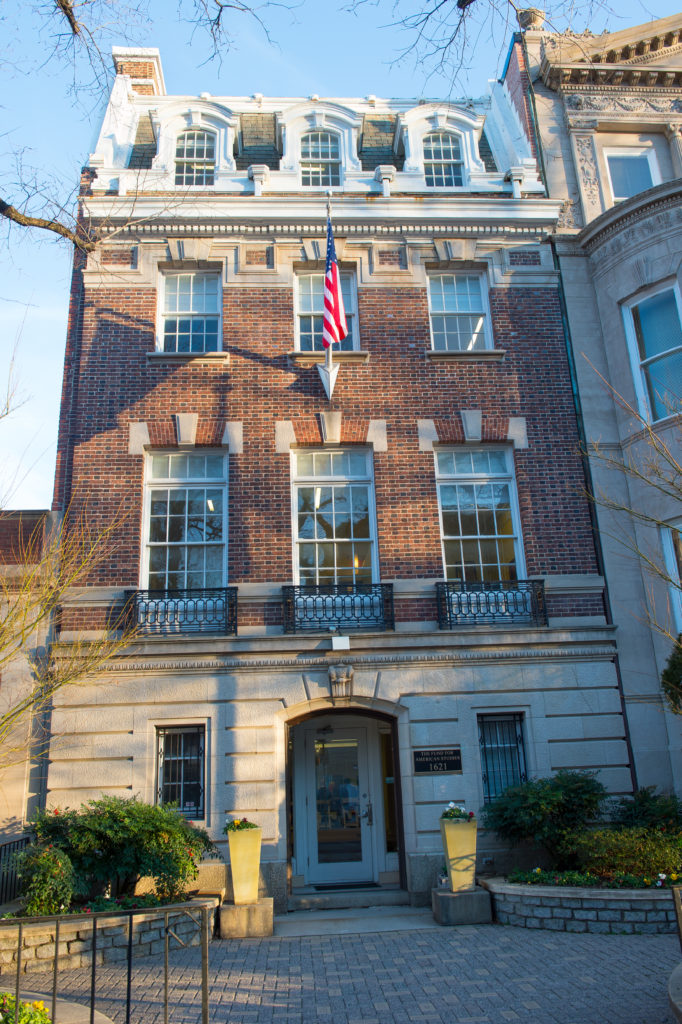
TFAS Washington-based Office Was Once Home to Titanic Survivor
Nestled in between two embassies in the historic Dupont Circle neighborhood, the building the TFAS D.C. Programs Staff calls home is steeped in history like many of the 19th-century row houses in the northwest quadrant of the city.
If the walls at 1621 New Hampshire Avenue could talk, they’d go on for days. I want to share the story of one of the building’s most exceptional past residents—Helen Churchill Candee.

Titanic Survivor, Author and Suffragette
Helen Churchill Candee (1858 – 1949) is probably best known today as a survivor of the sinking of the RMS Titanic in 1912. She was a well-known feminist and author in Washington, DC, and participated in both liberal and conservative social circles. Candee was also one of the first professional interior decorators in the city and helped with the White House’s West Wing remodel in 1909. What didn’t this trailblazer do?
In the spring of 1912, Candee was in Europe conducting art historical research for a book she was writing on the history of tapestries when she received a message that her son had been involved in a serious accident. Like any concerned mother, she quickly booked a ticket home to the United States on the RMS Titanic. Aboard the infamous ocean liner, she socialized with high society passengers like Macy’s co-owner, Isidor Straus, multimillionaire businessman, John Jacob Astor, and artist Francis David Millet. In an article published in Collier’s Weekly, Candee hints at a possible romance she had aboard the Titanic.
On the night of April 14, 1912, after the ship struck an iceberg in the North Atlantic, Candee was able to board lifeboat number six where her and “The Unsinkable Molly Brown” were charged with rowing the boat away from the sinking ship. Unable to bring any personal items on the lifeboat, Candee gave a flask and necklace pendant to her friend, architect Edward Austin Kent to stow in the pockets of his overcoat. Sadly, Kent perished that night, but the items were recovered from his pockets and were recently sold at auction for more than $100,000.

Did she entrust her prized possessions with her Titanic lover? Did her story inspire James Cameron’s blockbuster film? Perhaps.
Candee injured her ankle when boarding lifeboat number six, but that didn’t stop her from leading the “Votes for Women” parade down Pennsylvania Avenue a year later on horseback. In fact, after divorcing her abusive husband in the late 1890s, Candee established herself as an author and interior decorator in Washington, DC and used her connections to promote women’s rights. She was a board member of the Washington chapter of the National Woman Suffrage Association and helped organize some of the largest women’s suffrage demonstrations at the time. In 1900, she wrote a book titled, How Women May Earn a Living, inspired by her experiences providing for herself and two children.
By 1905, she had earned enough money as a writer to build a row house on New Hampshire Avenue. TFAS purchased the property in 2007. Today it houses offices for the TFAS D.C. Program Staff and features a state-of-the-art classroom on the ground floor. While the building has its share of water issues, the D.C. Programs Staff is honored to share a connection with such a tremendous woman.